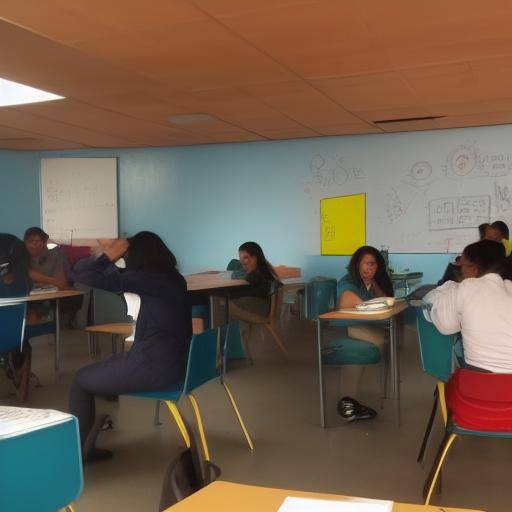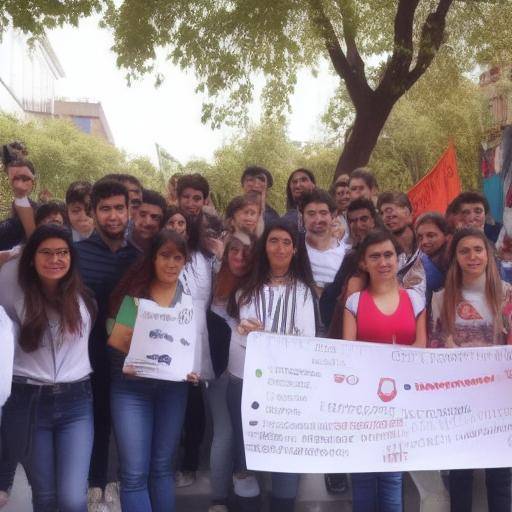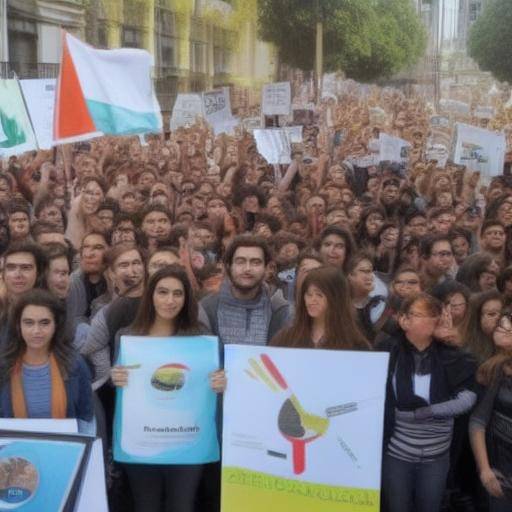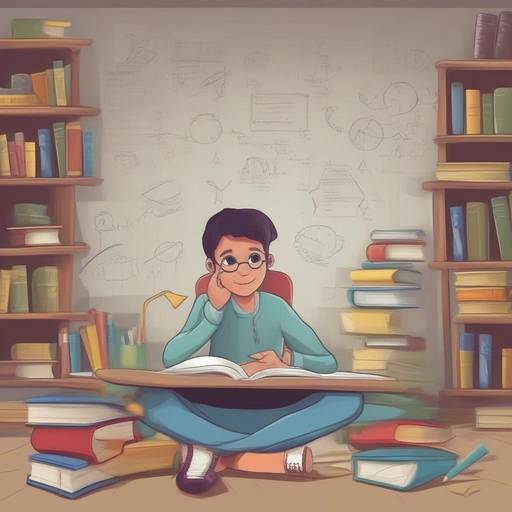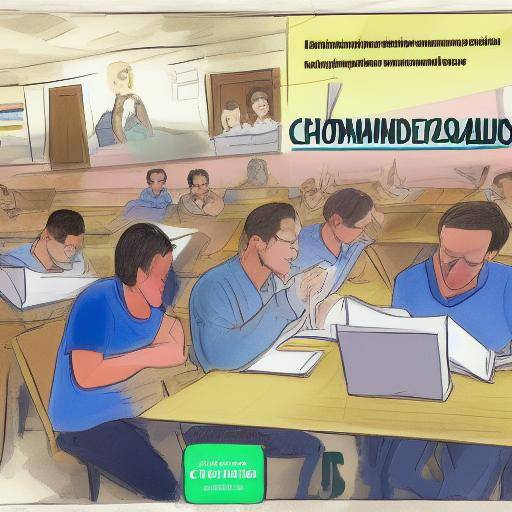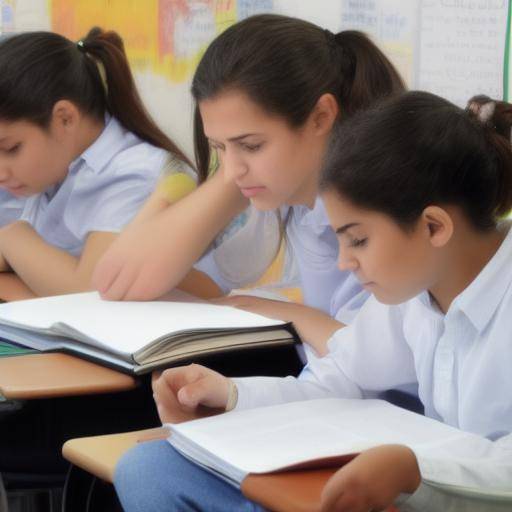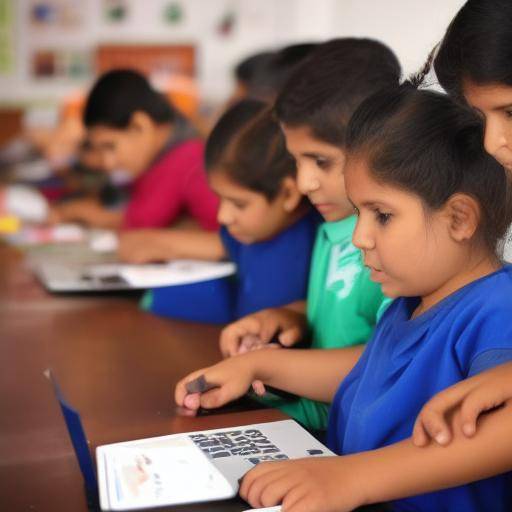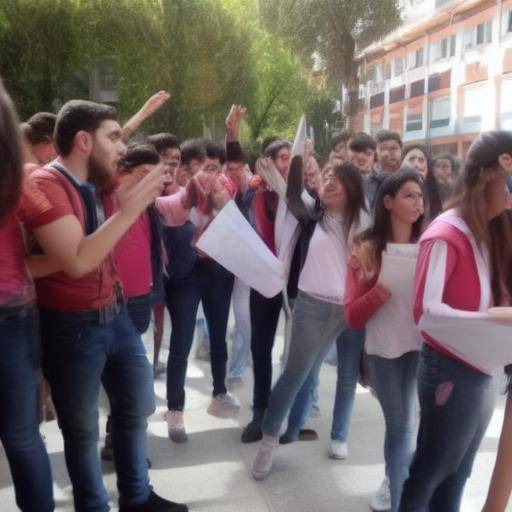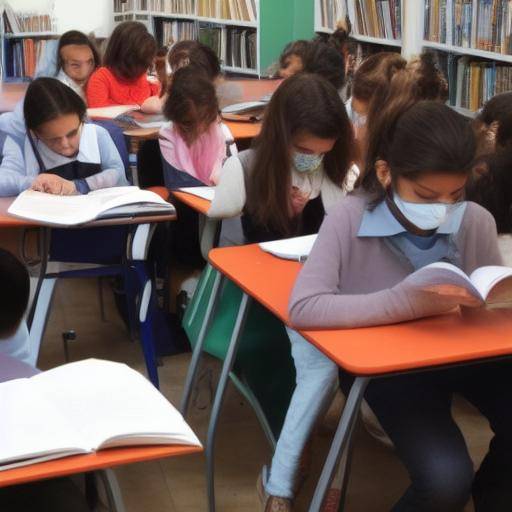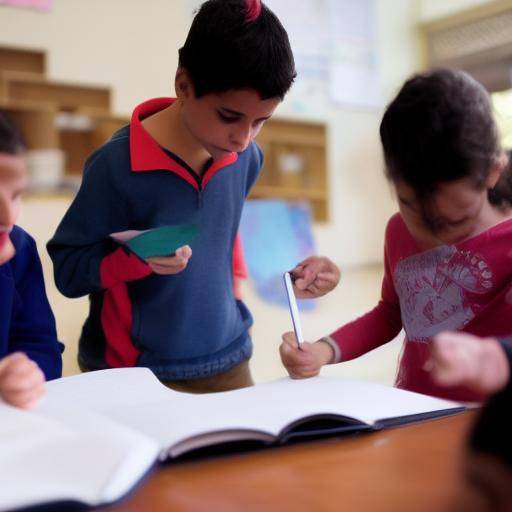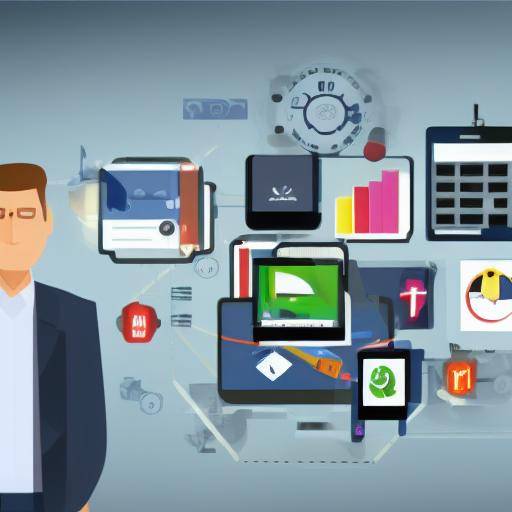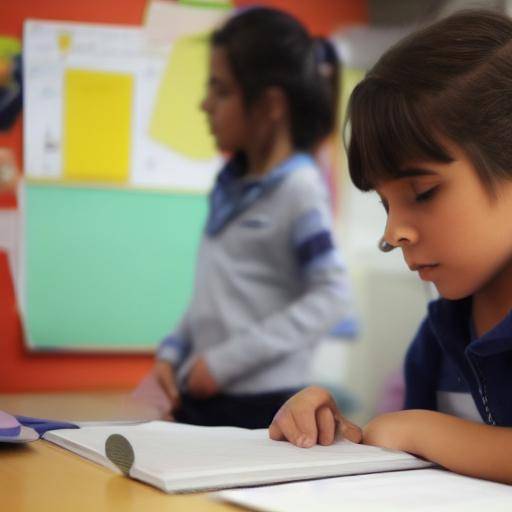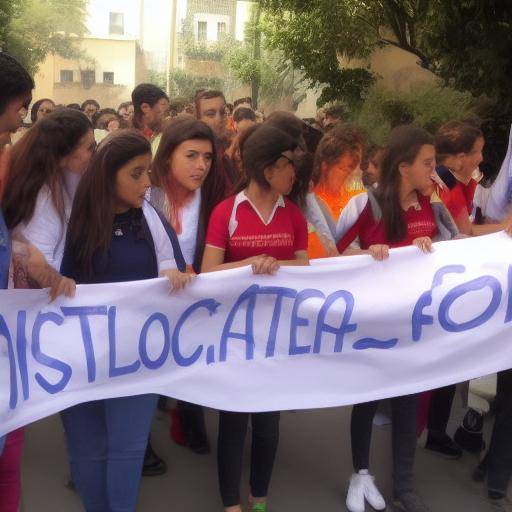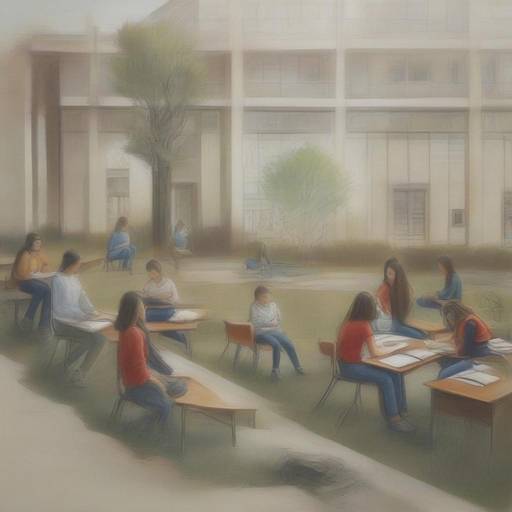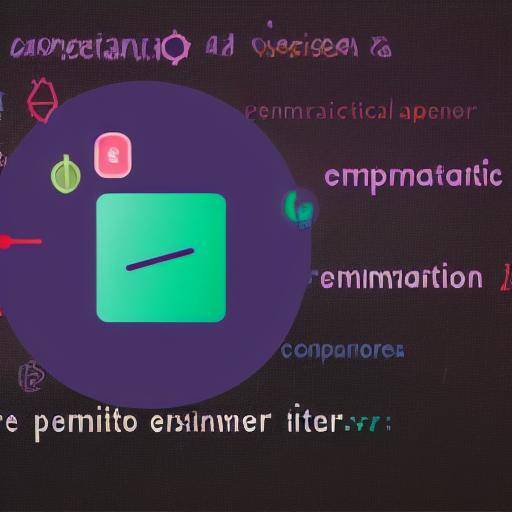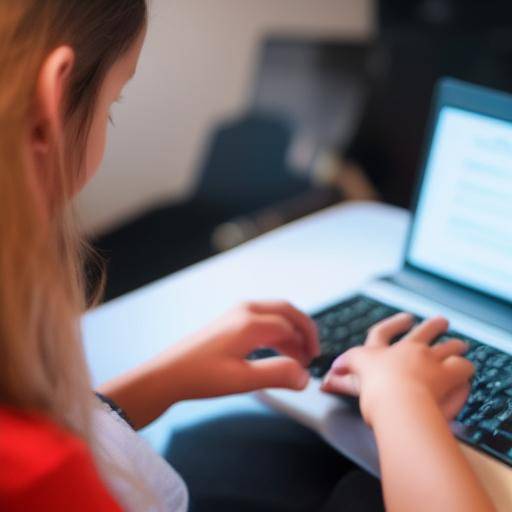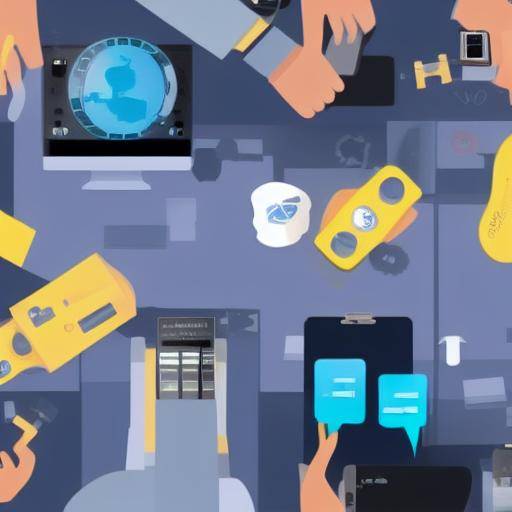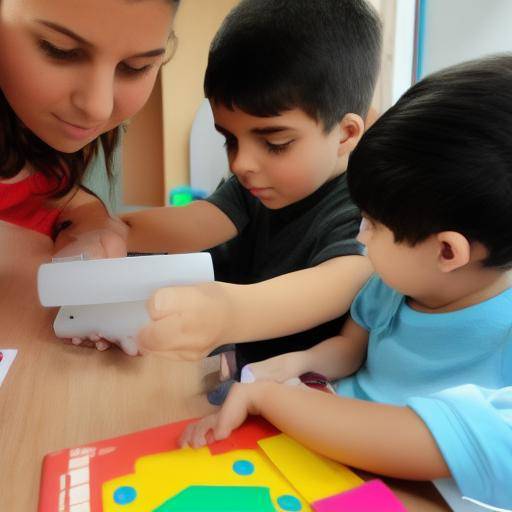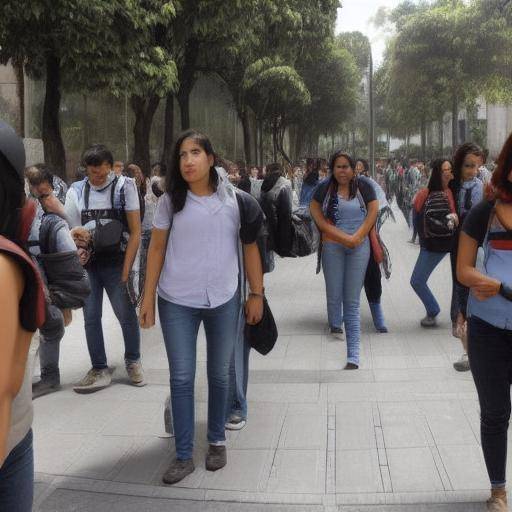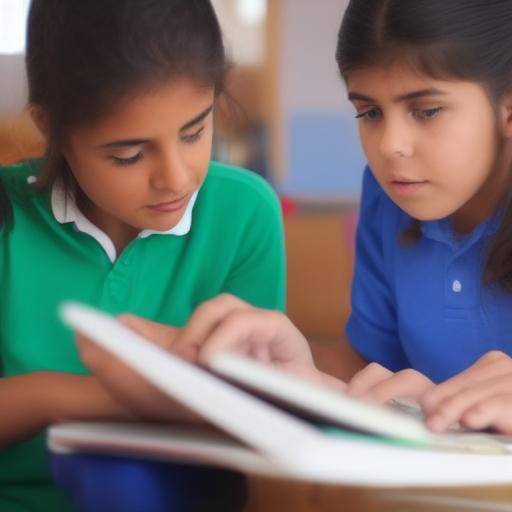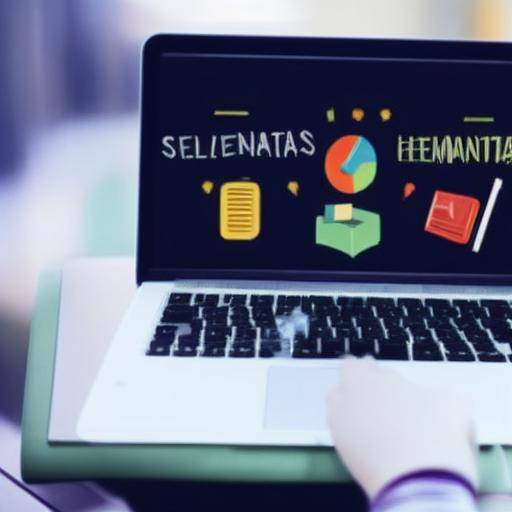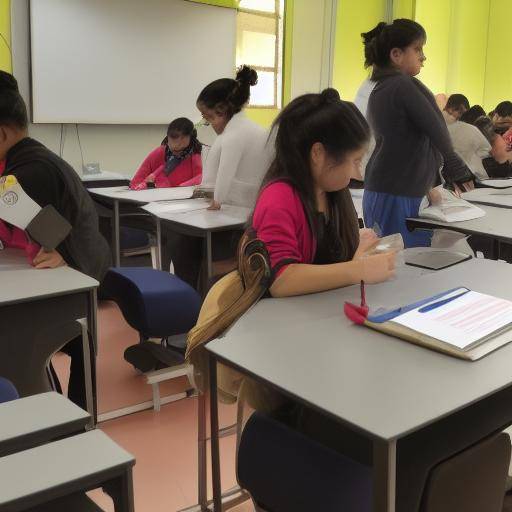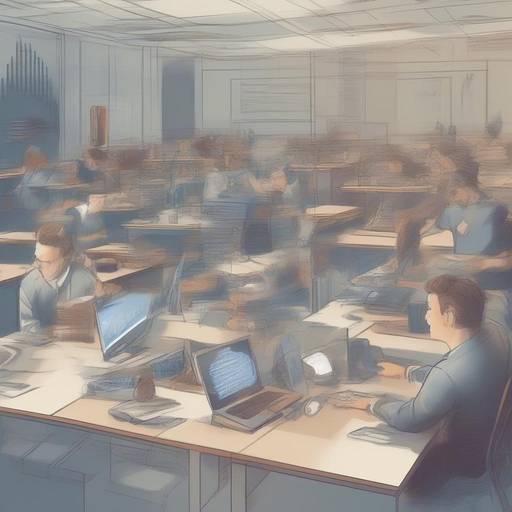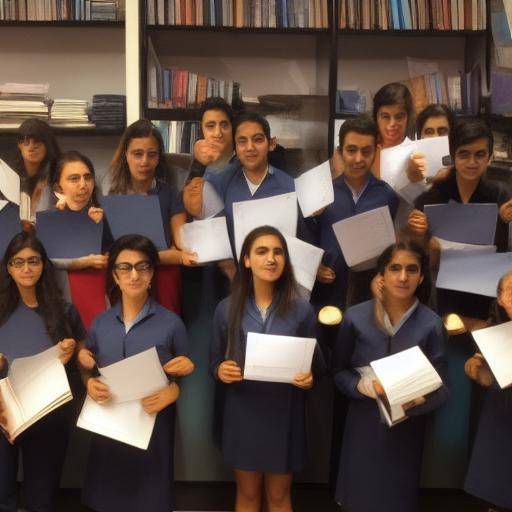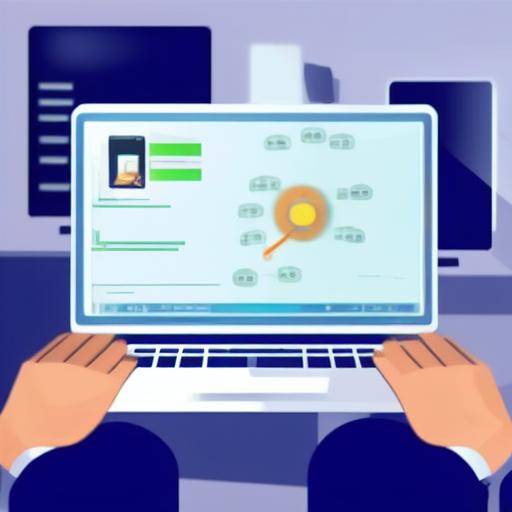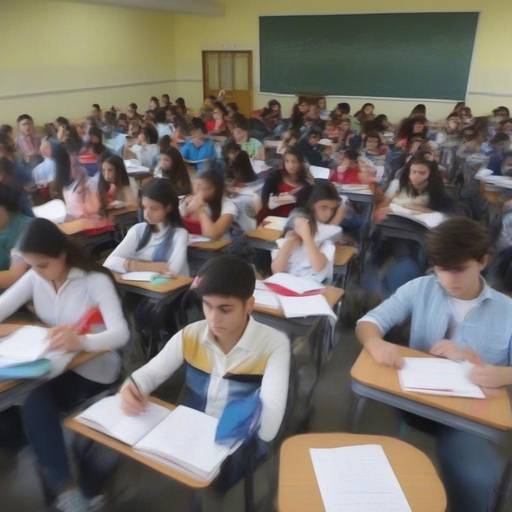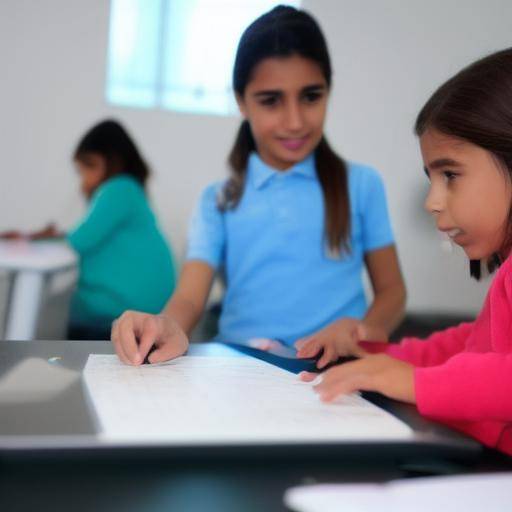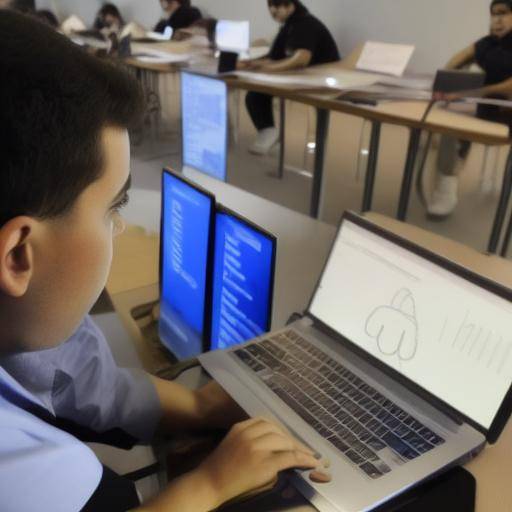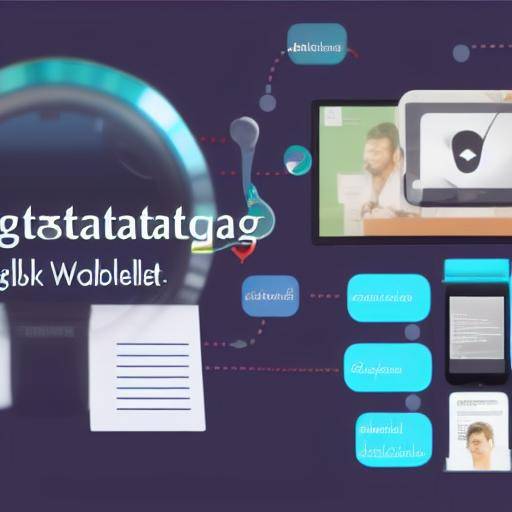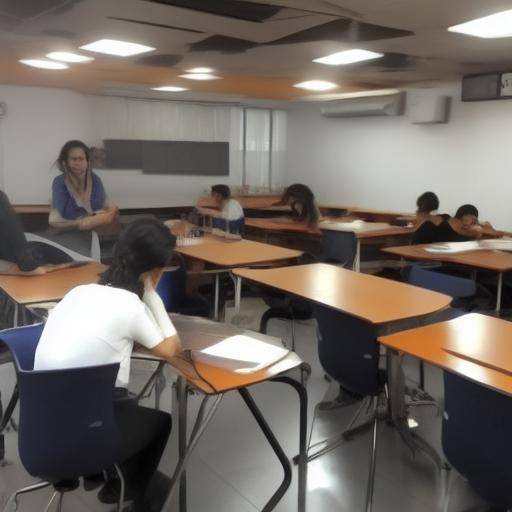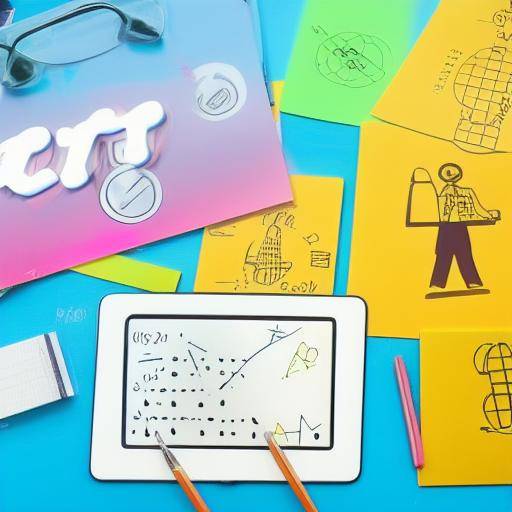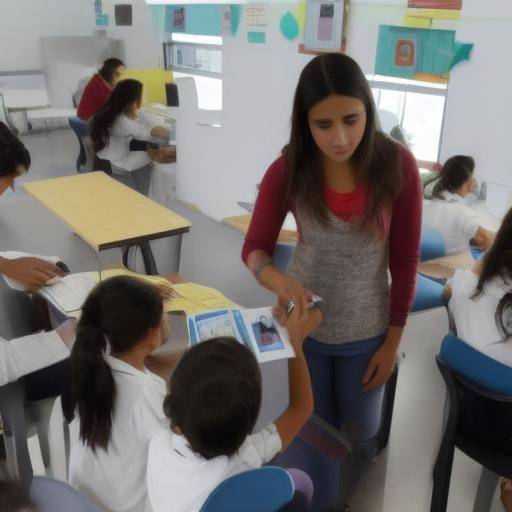
Introduction
In the digital era, excessive use of technology among students has become a growing concern. With the omnipresence of electronic devices and the influence of the internet in everyday life, it is crucial to address this phenomenon to ensure a healthy balance between the digital world and the real world. In this article, we will explore in depth how to handle the excessive use of technology in students, providing an integral view of the challenges, benefits, best practices and practical advices for educators, parents and students.
History and Background
The use of technology in education is not a new phenomenon. Since the introduction of the first computers in the classrooms to the development of interactive educational applications, technology has played an increasingly important role in the school experience. Over the decades, we have witnessed significant progress in integrating technology into education, both as a teaching and learning tool, as well as in school management and communication.
Over the past two decades, the emergence of mobile devices, widespread access to the internet and the proliferation of online educational platforms have completely transformed the educational landscape. Now, students have access to an unprecedented amount of information and resources, which has revolutionized the way they learn and relate to knowledge.
Analysis in Deep
Excessive use of technology among students entails a number of challenges, including decreased attention, digital dependency and lack of face-to-face interaction. In turn, there are many benefits, such as access to information, promotion of technological skills and personalization of learning. It is essential to understand these complexities to effectively address the problem. Educators and parents should be informed about the implications of technology in student life and how to balance their use in a healthy way.
Comprehensive review
Applications in the classroom
Educational applications and online platforms can provide enriching learning experiences. However, it is crucial to integrate them in a coherent manner in the curriculum to maximize their effectiveness. Educators should be trained in the selection and appropriate use of technological tools to enrich teaching and promote the active participation of students.
Responsible Use of Devices
Establishing clear guidelines for the use of devices in the classroom and at home is essential for promoting a healthy balance between technology and other activities. Students should learn to use technology responsibly and consciously, avoiding excessive dependence and assessing human interaction.
Impact on Wellness
The emotional and physical well-being of students may be affected by the excessive use of technology. It is important to encourage healthy habits, such as regular breaks, physical activity and socialization in person, to counter negative effects.
Comparative analysis
Excessive use of technology in students presents similarities and differences with other contexts of technological application. It is crucial to distinguish between educational use and recreational use, evaluating how everyone affects learning, cognitive development and the overall well-being of young people.
Practical Tips and Recommendations
For Educators
- Integrate technology significantly into learning activities.
- Establish clear rules for the use of devices in the classroom.
- Increase creativity and collaboration through technological tools.
For Parents
- Set clear limits on screen time at home.
- Encourage outdoor activities and moments of digital disconnection.
- Educate children about the responsible use of technology.
For Students
- Focus on the balance between online and offline time.
- Establish personal goals for the healthy use of technology.
- Find alternative activities that do not involve electronic devices.
Industry Perspectives and Expert Reviews
Education and technology experts agree on the importance of addressing the excessive use of technology in students. From the development of digital competencies to the protection of mental health, there are multiple dimensions that require attention. Collaboration between educators, parents, technology experts and health professionals is critical to developing comprehensive and effective approaches.
Case Studies and Real Life Applications
Case studies can offer valuable insights on the implementation of strategies to manage the excessive use of technology in specific educational environments. Examine actual experiences and the results obtained provide practical ideas and lessons learned that can be applied in different contexts.
Future Trends and Predictions
As technology continues to evolve, it is essential to consider how emerging trends, such as artificial intelligence, virtual reality and adaptive learning, will impact the use of technology in education. The anticipation of these changes is crucial to preparing students and educators for the digital future.
Conclusion
In short, managing the excessive use of technology in students requires a balanced approach that recognizes both benefits and challenges. By adopting strategies that promote responsible use, awareness of well-being and meaningful integration of technology in education, it is possible to maximize its advantages while mitigating its potential risks. This balance is fundamental for the integral development of students in the digital age.
Frequently asked questions
What are the signs that a student is making excessive use of technology?
Excessive use of technology can be manifested through signals such as decreased academic performance, lack of off-line social interaction, irritability when interrupted while on-line, and neglect of other activities or responsibilities.
What is the impact of excessive use of technology on students' academic performance?
Excessive use of technology can negatively affect academic performance due to decreased concentration, increased distractions, lack of sleep, and decreased time spent on study activities.
How can I effectively limit my child's screen time?
Establish specific schedules for the use of devices, implement technology-free zones at home, and encourage alternative activities such as reading, sport, and art are effective strategies to limit children's screen time.
What role should schools play in managing excessive use of technology in students?
Schools should establish clear policies on the use of devices in the classroom, provide guidance on the responsible use of technology, and promote the balance between online learning and traditional activities.
What is the impact of social networks on the excessive use of technology among students?
Social networks can contribute to overuse of technology by fostering constant review of notifications, social comparison, and emotional dependence on online validation.
What strategies can help students use technology as a tool for learning rather than a means of distraction?
The implementation of activities focused on active learning, the teaching of critical skills to evaluate online information, and the promotion of collaborative projects that use technology creatively are effective strategies to promote a positive approach to the use of technology.
Ultimately, the management of excessive use of technology in students requires a holistic approach that encompasses educational, psychological and social aspects. Being aware of the warning signs, fostering the conscious use of technology and collaborating in the implementation of balanced strategies, educators, parents and students can work together to cultivate a healthy and productive relationship with technology in the educational environment.
With these deep knowledge and practical tools, both educators and parents can effectively address the excessive use of technology in students, promoting a balance that benefits the integral development of young people in the digital age.
With this article, we have discussed in detail how to handle the excessive use of technology in students, offering comprehensive perspectives, practical advice and informed recommendations. By understanding the importance of balancing technological progress with the well-being of students, we can ensure that technology remains a powerful tool for learning without compromising the health or development of future generations.


